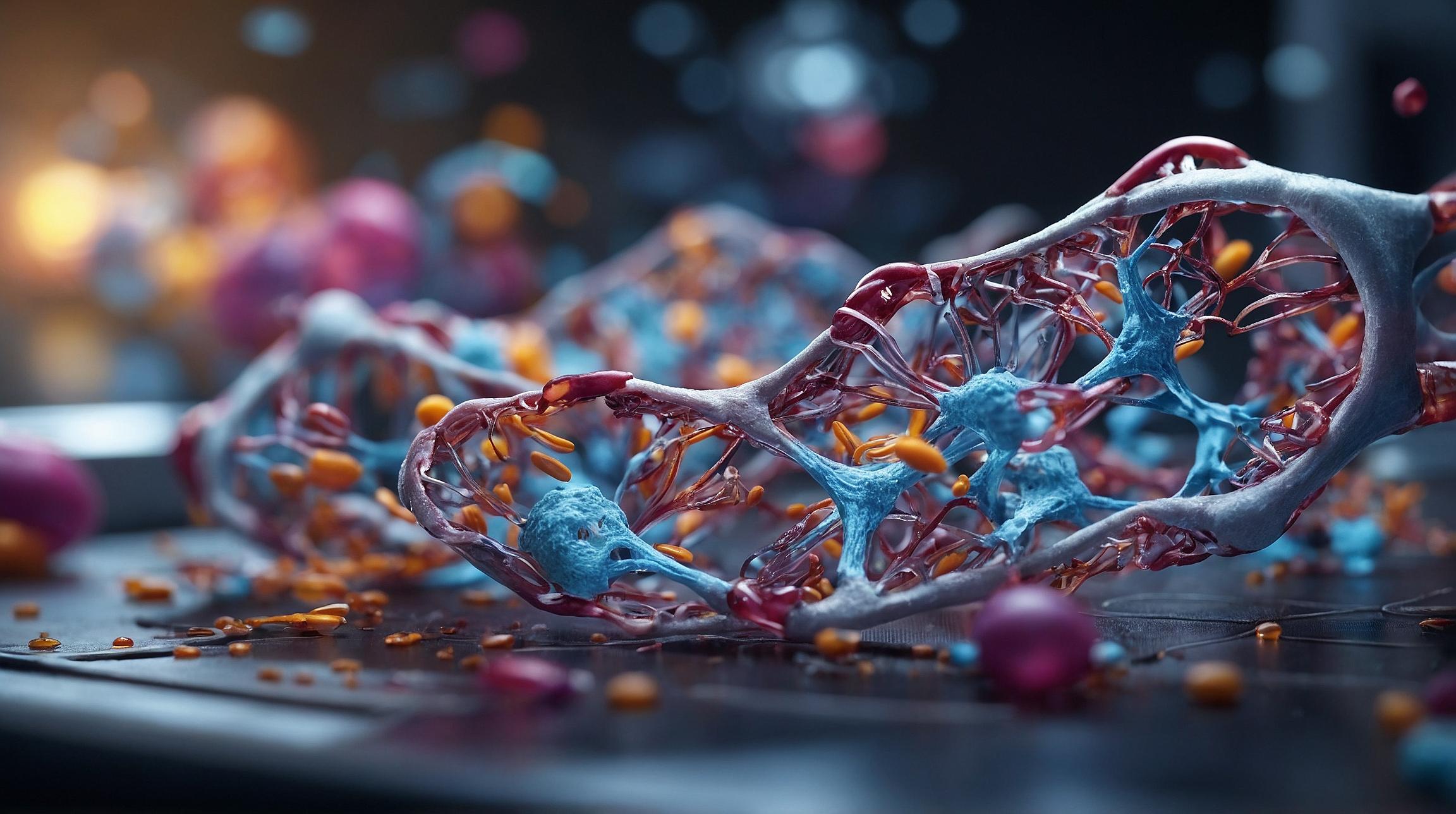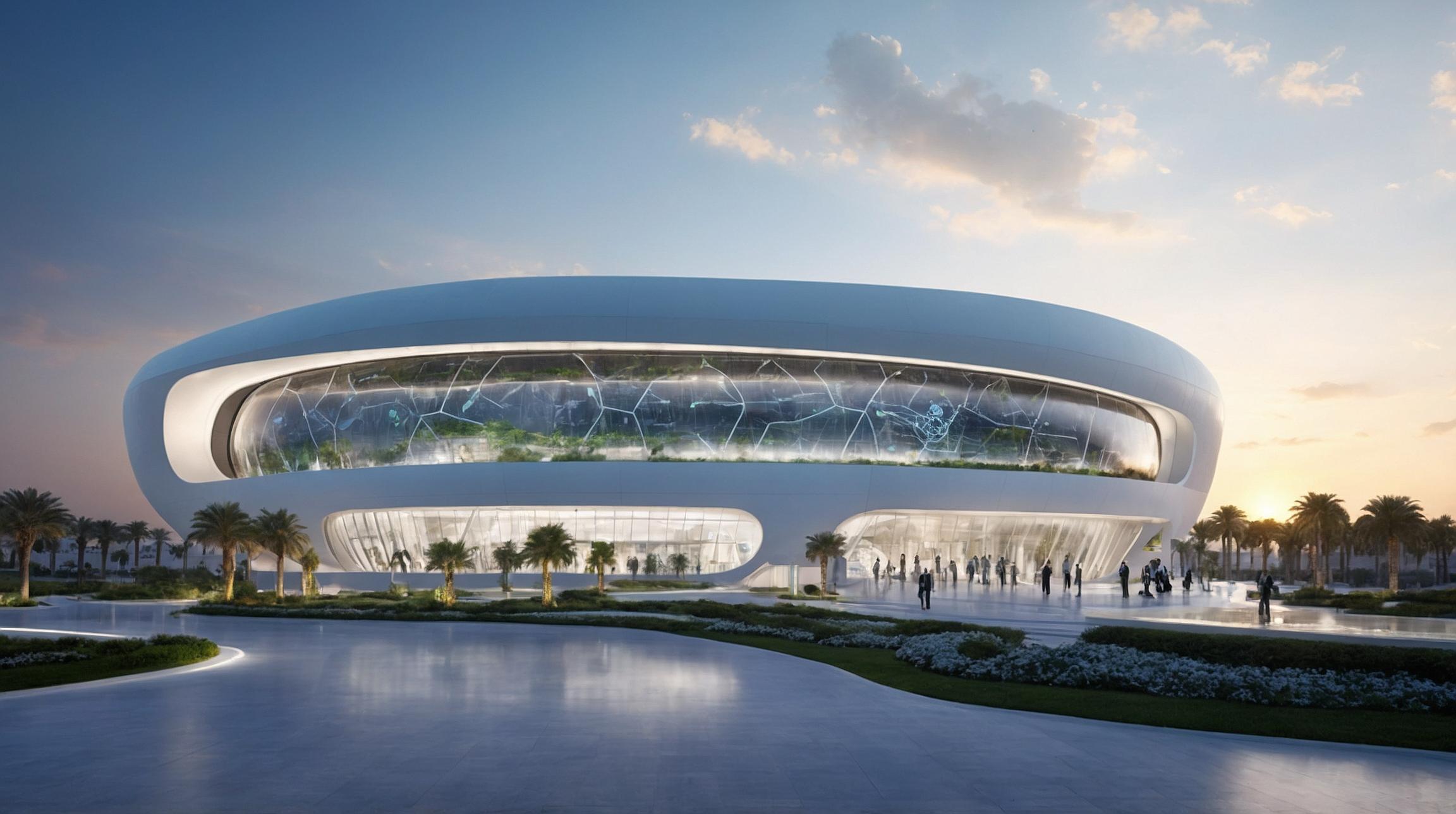A New Era in Protein Design
Proteins function much like the lights in your home, with specific jobs that require activation by other proteins or molecules, termed "effectors." These effectors act as switches but in a much more intricate manner than flipping a household switch. A recent breakthrough by Dr. David Baker and his team at the University of Washington has introduced designer proteins that can change their form upon interaction with these effectors. This advancement could revolutionize biotechnology, akin to having a remote control for your proteins.
Innovative Use of AI in Proteins
Using Artificial Intelligence (AI), the team designed proteins with hinges that enable them to assemble into different structures when an effector is present and disassemble when it's removed. These proteins are not found in nature and offer an exciting new tool for science. Imagine you have wood planks that can become a table or stairs by themselves. Similarly, these proteins can mimic natural behaviors, like hemoglobin carrying oxygen, offering potential uses in drug delivery, disease monitoring, and biological circuit design.
How Designer Proteins Work
Proteins are essential for our bodies, managing everything from cell division to immune responses. Their structure helps them perform these tasks, but flexibility is crucial. Consider hemoglobin, which carries oxygen in the blood. It changes shape with oxygen presence, acting as a molecular switch. Dr. Baker's work leverages these insights, applying AI to create proteins that can adapt their shape for specific tasks, like drug delivery where a protein opens to release medication upon activation.
AI's Role in Protein Structures
Recent advances in AI have dramatically enhanced our ability to predict and design protein structures. Dr. Baker's team utilized AI to create proteins with a hinge mechanism, allowing them to fold and change shape, similar to a biological transistor. This mechanism acts as a sensor, responding to effectors and altering protein structure. In experiments, these proteins demonstrated the ability to form complex structures, such as rings, which are common in biological processes.
Future Applications and Challenges
The implications of this work are vast, from designing nanomaterials for medicine to creating protein nanobots that change shape. While these designer proteins are promising, challenges remain in fully replicating the diverse capabilities of natural proteins. As Dr. Wand from Texas A&M points out, natural regulation is complex, and the full potential of AI-designed proteins will unfold with time and further research.













